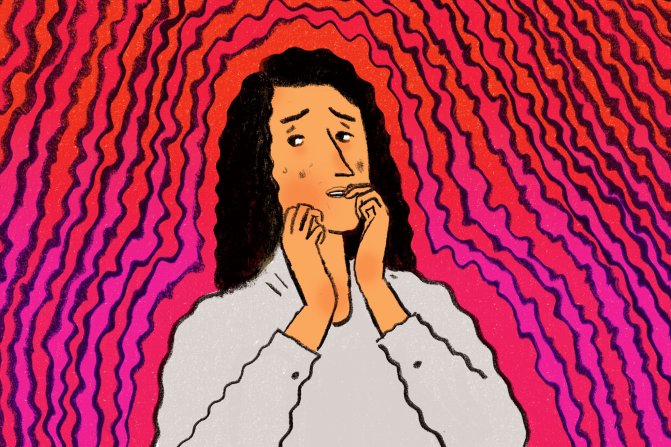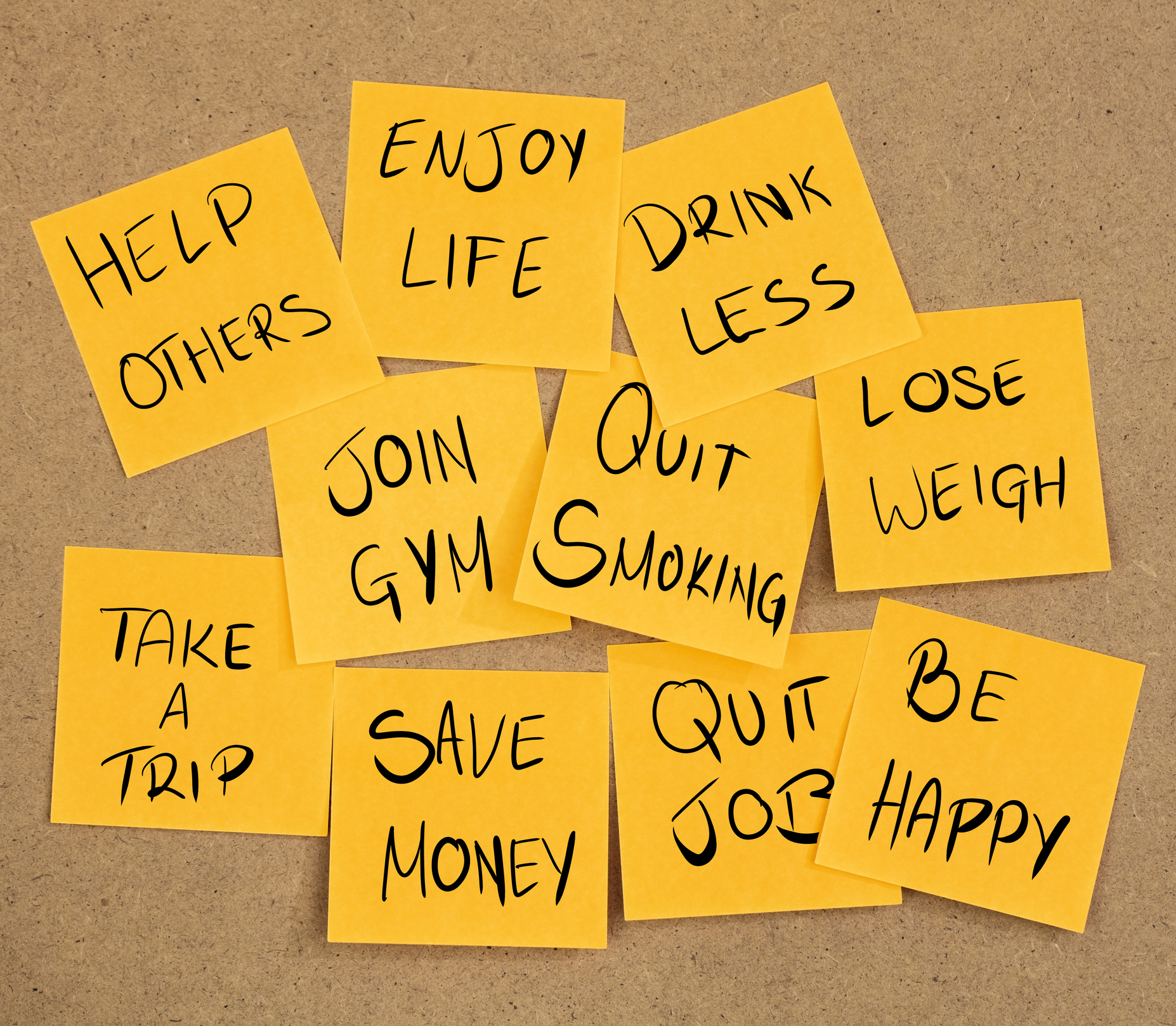You Asked: Do I Worry Too Much?

Illustration by Peter Oumanski
It’s a really fair question, isn’t it?
It’s been nearly a year that we have lived with
pandemic
and possibly the fear of getting COVID19
When I woke up with a tickle in my throat,
sneezing and watery eyes
my first question through the haze of
A W A K E D N E S S
was,
IS THIS IT. . .IS THIS THE ONSET OF COVID?
which made me ask through
a-not-so-hazy-awareness was
DO I WORRY TOO MUCH
well. . .
DO WE WORRY TOO MUCH?
Do we actually worry about worrying. . . ?
Time Magazine’s Markham Heid did some worry-free investigating on this matter of
W O R R Y I N G

As human beings, our ability to predict trouble—and outwit it—is one of those cerebral superpowers that set us apart from birds and beasts. But nonstop worrying can be crippling to your life and your immune system.
“Just having a thought about some potential bad thing that might happen—everyone has those,” says Dr. Michelle Newman, director of the Laboratory for Anxiety and Depression Research at Pennsylvania State University. “But if you have difficulty stopping the worry once it starts, that’s one of the ways we define what’s called pathological worry.”
Newman, who is also editor of the journal Behavior Therapy, cites more characteristics of out-of-control worrying, like fixating on things over which you have no control—or which have a low probability of happening—and “catastrophizing” them. Worrying about a loved one who’s driving and picturing the horrible ramifications of an accident is one example; imagining a string of events that might lead to your losing your job and your home is another.
Anxiety is a related feeling that often goes hand in hand with worrying. While it can be a little tricky to separate the two, Newman says the technical difference is that worrying is “verbal-linguistic” while anxiety is “physical.” If you feel tense or on edge while thinking about your job security or your child’s long car trip, you’re experiencing both worry and anxiety. Feel those emotions “more days than not” for a period of six months, and you meet the American Psychiatric Association’s criteria for a diagnosis of generalized anxiety disorder, or GAD. Basically, you’re a chronic worrier.
“I like to say that chronic worry is a process looking for content,” Newman says. “You’ve gotten into the habit of looking for something to be concerned about, and you always find it.”

That’s bad news for several reasons. First and foremost, incessant worrying and anxiety can increase your blood pressure and heart rate and has been linked to an elevated risk for cardiovascular disease. “Anxiety can also over-activate your immune system,” says Dr. Wesley Moons, formerly of the University of California, Davis, and now CEO of his own consulting firm, Moons Analytics.
While at UC Davis, Moons and his graduate student Grant Shields found that people who reacted to stressful situations with anger experienced a smaller immune system response than those who reacted with anxiety. Shields says the sorts of immune system responses his research linked to anxiety could hurt the body’s ability to fight off infection or disease and have been tentatively linked to higher mortality rates.
“That’s not to say getting angry is a healthy reaction to stress,” Moons adds. “But in terms of your immune system, anxiety appears to trigger some different and potentially more detrimental responses.”
But isn’t there a benefit to lots of worrying? After all, if your mind is tackling contingencies and potential threats, you can act now to prevent them—right?
Unfortunately, Newman refutes this idea. “Mostly worrying becomes a process unto itself that doesn’t lead to problem solving or helping you in any way,” she says. If you’re worrying about something, she says, you’re not taking steps to address the source of your worry, if that’s even possible.
When you boil it down, worry is really a failure to live in the moment, Newman says. Activities that attempt to anchor your mind to the present—including yoga and meditation—may help combat incessant worrying. Exercise, massage and other things that alleviate physical tension are also helpful, she says.
Another great way to reign in your worrying is to set aside a specific time and place for it. Select a spot you can get to easily every day, but that isn’t a place where you normally spend time, Newman advises. (A quiet bench in your backyard, maybe, or a chair in your guest room.) Your goal is to give yourself 20 or 30 minutes a day in that space, devoted only to worrying. “The rest of the day, you tell yourself you aren’t going to worry because you will at that time and place,” Newman explains. “The idea is that by isolating your worry, you can control it.”
She says that focusing on a favorite relaxing setting—your “happy place”—also has proven worry-reducing benefits. “Close your eyes,” she says. “Try to vividly picture that place—the sights and smells and sounds you would feel and hear.” Hopefully the place that you see is worry-free.

So the next time you feel like you’re ready to explode with
W O R R Y
double cross it:
GIVE YOURSELF A TIME AND A SPACE TO WORRY
and don’t let it take one more second of the day away from you
and more. . .
from the people and situations
that you need you more brilliantly
WORRY-LESS
and more
undiluted
C A R I N G
(anything that robs you of that, is truly villainous)
just remember:


























